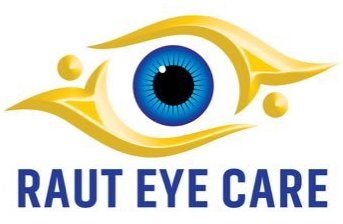The field of ophthalmology has witnessed remarkable advancements over the years, and one such innovation that has transformed the way we treat corneal disorders is Phototherapeutic Keratectomy (PTK). PTK is a laser-based surgical procedure that combines the precision of laser technology with the finesse of corneal surgery to address a variety of corneal pathologies, ultimately enhancing both corneal health and visual acuity.
Understanding Phototherapeutic Keratectomy (PTK):
PTK is a specialized corneal surgery that involves using an excimer laser to ablate or remove specific layers of the cornea. The procedure is typically performed on the corneal surface, and its primary goal is to address superficial corneal irregularities and opacities that can significantly impact vision. Unlike traditional laser vision correction procedures like LASIK or PRK, PTK is not aimed at correcting refractive errors like nearsightedness, farsightedness, or astigmatism. Instead, it is targeted towards treating corneal conditions that affect the clarity of vision.
Indications for PTK:
PTK is employed to treat a range of corneal conditions, including:
Corneal Opacities: PTK is highly effective in removing superficial corneal opacities, such as scars resulting from trauma, infections, or previous surgeries. These opacities can cause significant visual distortion, leading to reduced vision quality.
Corneal Dystrophies: Certain corneal dystrophies, such as epithelial basement membrane dystrophy (EBMD) and lattice dystrophy, can cause irregularities on the corneal surface. PTK can smooth out these irregularities and improve visual function.
Corneal Degenerations: Conditions like Salzmann's nodular degeneration and band keratopathy involve abnormal deposits on the corneal surface. PTK can help remove these deposits, thereby restoring visual clarity.
Recurrent Corneal Erosions: Individuals with recurrent corneal erosions experience episodes of painful corneal epithelial breakdown. PTK can promote epithelial healing and reduce the likelihood of future erosions.
Phototherapeutic Cross-Linking: PTK can also be combined with other procedures, such as corneal collagen cross-linking (CXL), to treat conditions like keratoconus. The combined procedure can stabilize the cornea and enhance its biomechanical strength.
The PTK Procedure:
The PTK procedure is generally performed as an outpatient surgery. It begins with the application of a local anesthetic eye drop to numb the eye's surface. A special instrument, called an excimer laser, emits a precisely controlled ultraviolet (UV) light that ablates the targeted corneal tissue layer by layer. The surgeon uses computerized mapping and guidance to ensure accurate and safe removal of the affected tissue.
Benefits and Considerations:
PTK offers several benefits, including:
Precision: The excimer laser allows for precise tissue removal, minimizing the risk of damage to healthy corneal tissue.
Minimally Invasive: PTK is a surface procedure, which means it doesn't involve cutting into the cornea. This reduces the risk of complications associated with deeper corneal surgeries.
Visual Improvement: By addressing corneal irregularities, PTK can significantly improve visual acuity and quality of life for individuals with corneal pathologies.
Quick Recovery: Recovery from PTK is usually faster compared to procedures that involve deeper corneal tissue removal.
However, it's important to note that PTK might not be suitable for everyone, and a thorough evaluation by an ophthalmologist is essential to determine the best treatment approach.
Conclusion:
Phototherapeutic Keratectomy (PTK) has emerged as a valuable tool in the field of ophthalmology, revolutionizing the treatment of various corneal conditions that impact visual acuity. Its ability to precisely target and remove superficial corneal irregularities has brought renewed hope to individuals suffering from corneal opacities, dystrophies, and degenerations. As technology continues to advance, PTK is expected to further refine and expand its applications, ultimately contributing to improved outcomes for patients seeking enhanced corneal health and vision.

